How will La Niña affect winter in the U.S.?
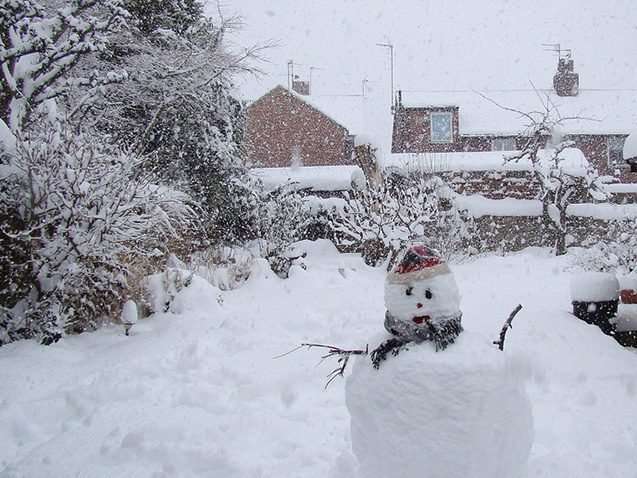
Forecasters are expecting another La Niña winter for the 2017-2018 season. La Niña (which means "little girl" in Spanish) disrupts large-scale climate patterns that can influence water availability, food production, human health, and extreme weather events around the globe. So what exactly is La Niña, and what might she have in store for you this winter?
What is La Niña?
La Niña refers to cooler-than-normal temperatures in the eastern Pacific Ocean around the equator. The temperature distribution changes how air circulates high up in the atmosphere, altering the routes of the jet stream over the Americas and making wind and precipitation patterns fluctuate all over the globe.
La Niña is one flavor of the El Niño-Southern Oscillation (ENSO), which is one of the strongest drivers of climate variations in North America and much of the globe. "It's extremely important," says Tony Barnston from Columbia's International Research Institute for Climate and Society. He was one of 10 forecasters who contributed to the La Niña predictions from the National Oceanic and Atmospheric Administration (NOAA).
El Niño ("little boy") develops when those waters are warmer than usual, and it causes nearly the opposite weather impacts compared to its sister. The ENSO can also be neutral, in which case other factors tend to dictate how winds circulate in the atmosphere.
The eastern Pacific is currently showing La Niña conditions, and Barnston and his colleagues calculate that there's a 65 to 75 percent chance that these conditions will linger over the coming few months (scientists call it a La Niña "episode" if the conditions persist over five overlapping three-month periods). If it does stick around, this winter's La Niña will probably be weak like last year's.
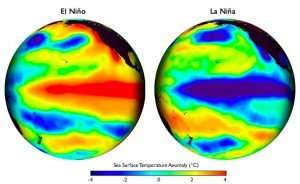
Broadly speaking, La Niña gives us winters with cooler temperatures and more precipitation than normal in the northern U.S., and warmer, drier conditions in the south.
However, this winter's La Niña is expected to remain weak. The equatorial waters of the eastern and central Pacific are only slightly cooler than usual (between 0.5 and 1.0 degrees Celsius below average), which means the effects of La Niña are expected to be weaker, too.
"That's our best guess," says Barnston, "but there are a lot of exceptions. Even in a weak La Niña, occasionally you can get pretty strong impacts on the climate." On the other hand, sometimes even in a strong La Niña (when the eastern Pacific is cooler by 1.5 degrees or more), some regions may not feel any difference.
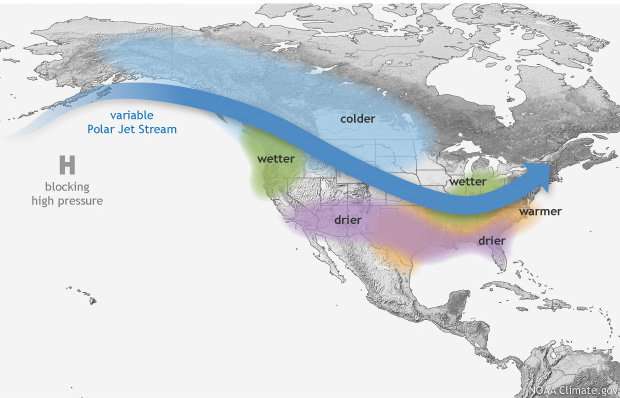
"You get a lot of other influences besides La Niña," he explains, "and a lot of different variations within those general tendencies."
A series of NOAA maps from October have combined all this information into regional forecasts that take this year's weak La Niña into account.
The maps suggest that La Niña's warm spell in the south could stretch up along the east coast all the way to Maine. Much of Alaska, too, is expected to have warmer temperatures than usual. In contrast, people in the West and Midwest could experience cooler weather than usual and extra precipitation. The south, stretching from the Carolinas to Southern California, may be a bit more parched than usual.
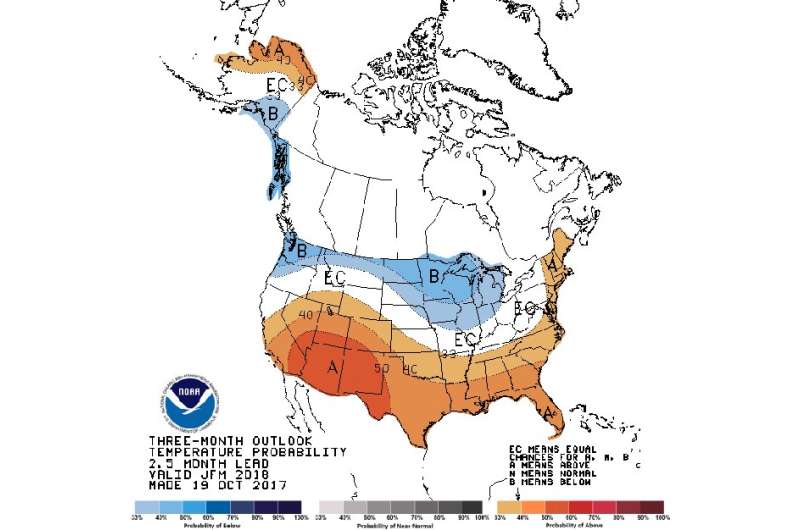
What About Extreme Weather?
ENSO plays a role in how many hurricanes form, and where. During El Niño years, atmospheric instability makes hurricanes less likely to form in the Atlantic, providing some protection for states along the East Coast and Gulf of Mexico. However, El Niño makes hurricanes more likely to form in the Pacific.
La Niña, on the other hand, suppresses hurricanes in the Pacific while making hurricanes more likely in the Atlantic. Barnston thinks this year's developing La Niña could be partially to blame for Hurricanes Harvey, Irma, and Maria, which devastated Texas and the Caribbean this fall.
"Though we didn't have a real La Niña in August or September, there was something of one, and it played a role in increasing hurricane activity," says Barnston. "We did have above average activity. But there was also something of bad luck—La Niña doesn't say anything about how many hurricanes will make landfall."
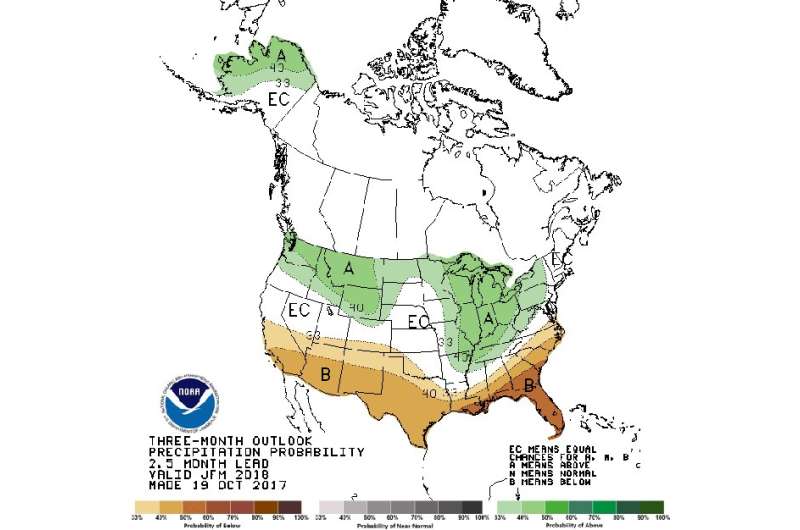
El Niño and La Niña may have a weak influence on where tornadoes form, as well. A strong jet stream can help to cook up severe weather, and ENSO affects where the jet stream is located. During El Niño, the jet stream flows across the southern states, creating more tornadoes in that area; during La Niña, the jet stream flows further north, potentially bringing severe weather along with it.
However, most El Niños and La Niñas die out before tornado season gets into full swing in April, May, and June, says Barnston. He doesn't expect this year's La Niña will persist until April.
How Does Climate Change Affect La Niña?
So far there's no evidence that climate change is affecting ENSO, says Barnston. Sea surface temperatures are rising in the western and central Pacific Ocean, but it's not clear what effect that would have on ENSO. Some researchers think it could make El Niño more common, while others think the opposite could happen—that climate change could make La Niña more common. However, scientists haven't observed an increase in La Niña yet, says Barnston. "There's a lot of debate about it."
Provided by Earth Institute, Columbia University
This story is republished courtesy of Earth Institute, Columbia University http://blogs.ei.columbia.edu.

















